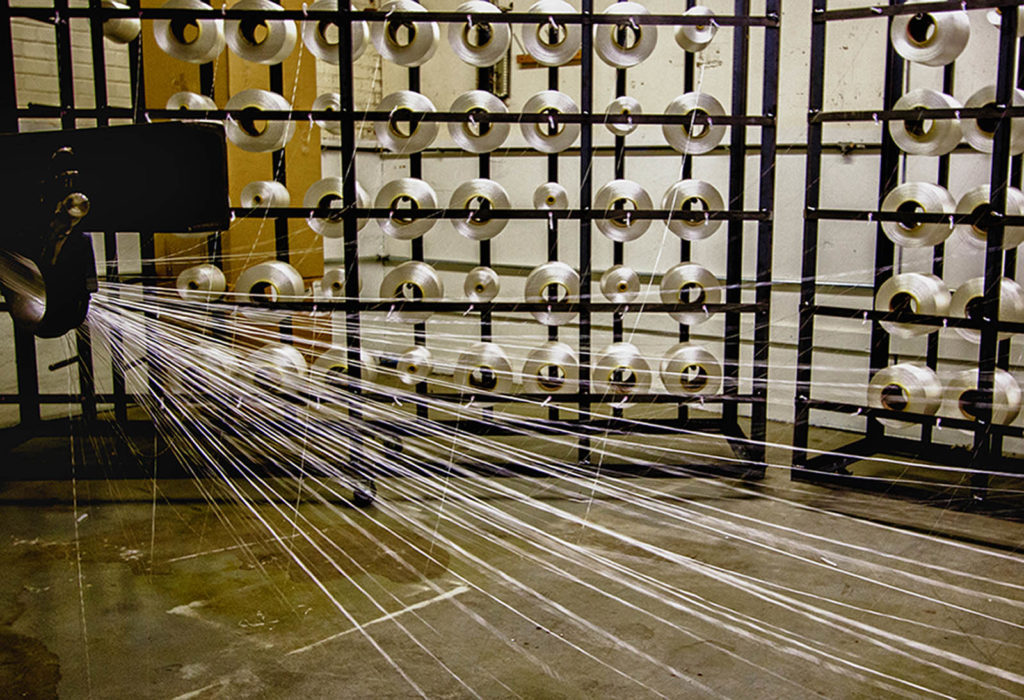
Staple fibers are short fibers made of either natural or synthetic materials. Any fiber that is usable, constrained, or has a finite length is referred to as a staple fiber. Even though the source is the same, the length of the fiber varies both within and across types obtained from different sources. Staple fibers need to be spun or twisted together to form a long, unbroken strand of yarn. In their staple form, they can also be utilized to make non-woven or felted fabrics. Since staple fiber is essential to the creation of clothing and garments, rising clothing consumption and the expansion of the fashion industry are projected to increase the need for staple fibers on a global scale. The textile sector is benefited from rising per capita income and shifting fashion trends, which in turn will drive the staple fiber market’s expansion over the forecast period.
According to Straits Research, “The global staple fibers market size was valued at USD 201.37 billion in 2022. It is projected to reach USD 281.68 billion by 2031, growing with a CAGR of 3.8% during the forecast period (2023–2031).” The need for sustainable textiles has expanded as a result of global customer preferences for eco-friendly products. Cotton is one of the most widely cultivated and used staple fibers in the textile industry. It is recognized as a versatile fiber that may be used to manufacture apparel for hot weather and has properties like cooling, absorbency, and softness. The two most popular sustainable fibers are cotton and wool. Sheep generate wool, which has insulating properties and is ideal for use in the creation of knitted warm apparel. Polyester, one of the most widely used synthetic fibers, is also made in a sustainable way. Recycled polyester staple fiber can be produced using PET bottles and polyester trash. As a result of increased investment in the textile industry and a growth in demand for environmentally friendly textile materials, the market for staple fibers is expanding globally.
The rising automotive industry in North America is expected to help the region dominate the global market for staple fibers over the forecast period. When making vehicle parts like seats, seat belts, airbags, etc., staple fibers are widely employed. According to the American Automotive Policy Council, in 2021, the auto industry around contributes 3% of the country’s GDP. In addition, the US is a significant exporter of autos and auto parts. The textile and apparel industry has seen a rise in productivity due to automation. All these factors are propelling the growth of staple fibers in the region.
Asia Pacific is estimated to expand and become a lucrative market for staple fibers. It is a result of the expanding construction sector, where staple fibers are widely employed for a variety of applications, including the improvement of fracture resistance in concrete and the production of roofing materials. The construction market in India is forecast to be the third-largest market in the world, and construction output in India is projected to expand at an average annual rate of 7.1%, according to Invest India (controlled by the Government of India). The rising textile and automotive sectors in the area are other factors driving the demand for staple fibers.
The complete report can be found here.
 TEXTILES.ORG
TEXTILES.ORG


